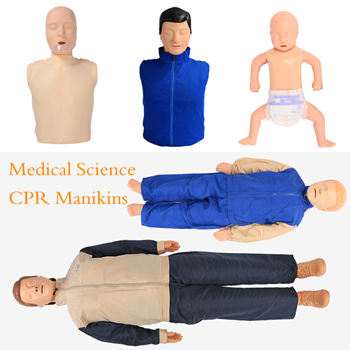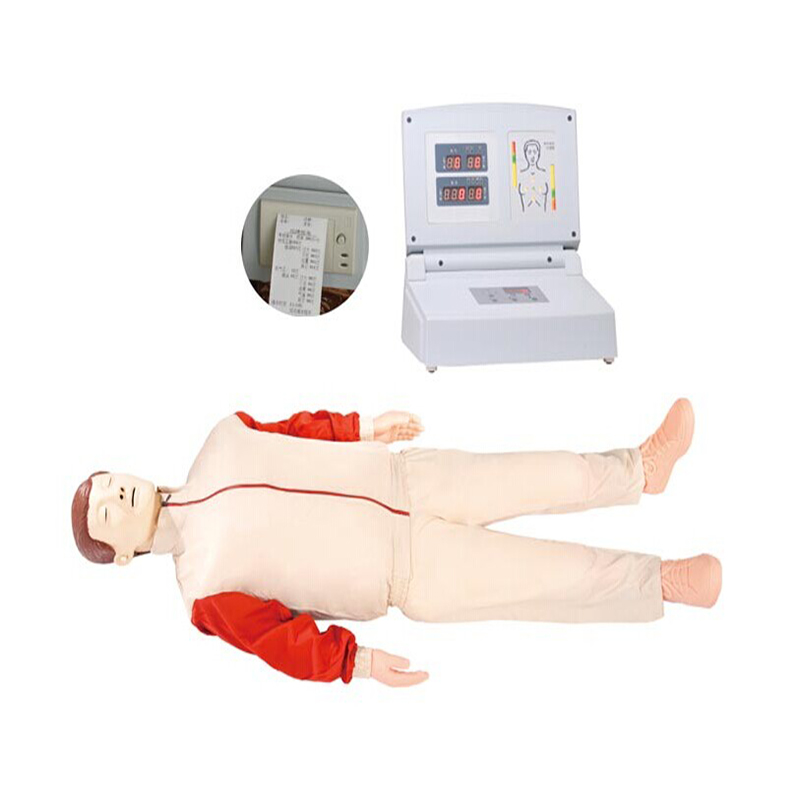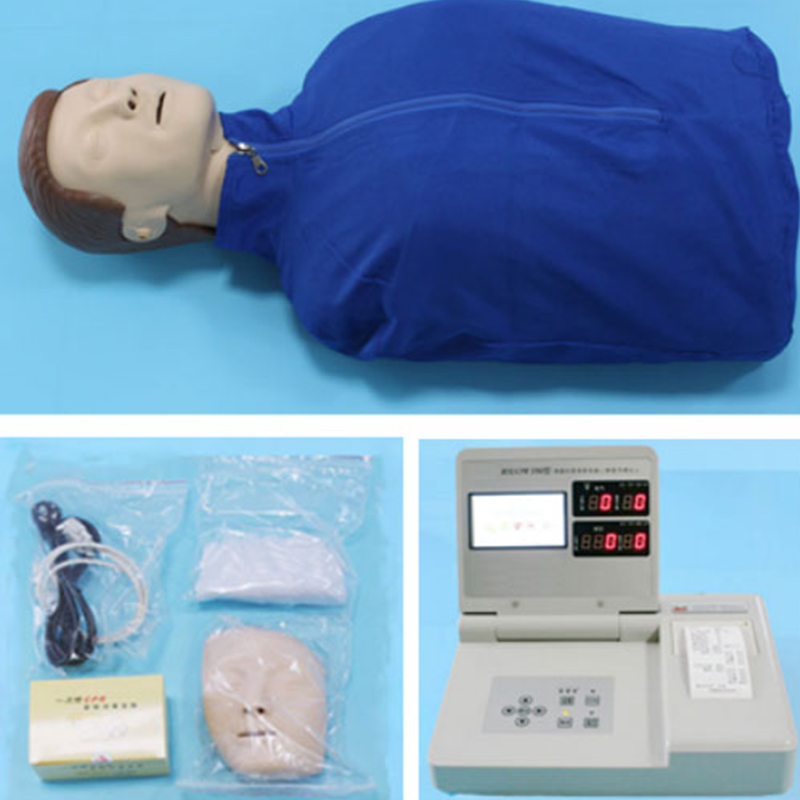The main purpose of cardiopulmonary resuscitation (CPR) is to restore the patient's spontaneous breathing and circulatory functions through a series of emergency measures in the event of cardiac arrest, thereby saving the patient's life as much as possible and reducing brain damage caused by hypoxia . Specifically, the purposes of cardiopulmonary resuscitation include the following:

Restore effective circulation: Through chest compression, the pumping function of the heart is simulated, so that blood can flow to various organs in the body, especially the brain, to maintain its basic physiological functions.
Maintain respiratory function: In the case of cardiac arrest, the patient's breathing is also affected. Through methods such as artificial respiration or the use of a ventilator, it is possible to ensure that the patient's lungs can continue to carry out effective gas exchange to maintain oxygen levels in the blood.

Reduce brain damage: After cardiac arrest, irreversible brain damage may occur due to lack of oxygen to the brain. By restoring blood circulation and respiratory function as quickly as possible, you can minimize the time the brain is deprived of oxygen and reduce the risk of brain damage.
Create conditions for subsequent treatment: Cardiopulmonary resuscitation is not only to save the patient’s life immediately, but also to win valuable time for subsequent medical treatment. After the patient regains spontaneous breathing and circulation, further treatment of the cause, drug treatment, etc. can be carried out to improve the success rate of treatment.

It should be noted that cardiopulmonary resuscitation is an emergency and professional first aid measure that needs to be performed under the guidance of professionals. It is very important for non-professionals to master basic CPR skills and implement them quickly in an emergency. At the same time, when performing cardiopulmonary resuscitation, it is also necessary to pay attention to the safety of the patient to avoid secondary injuries.
